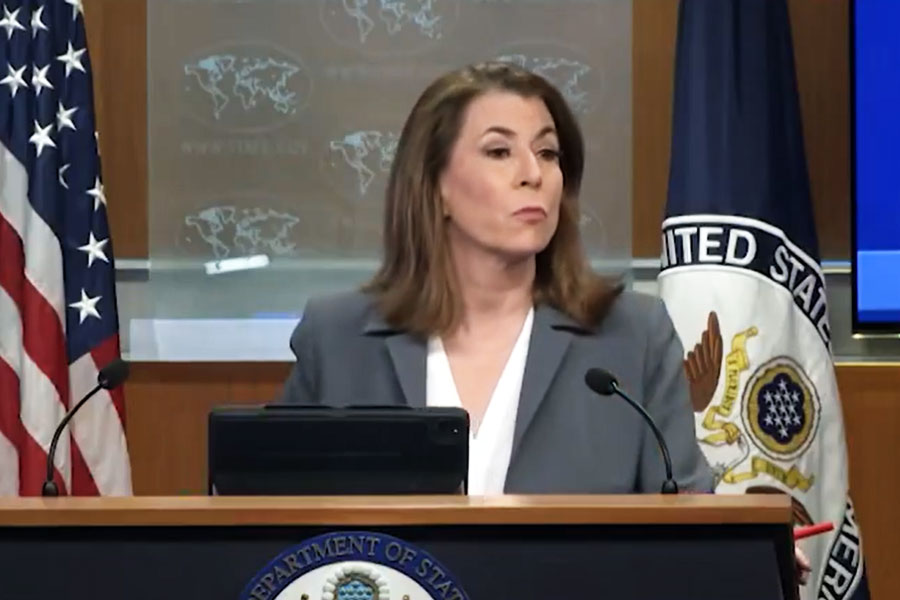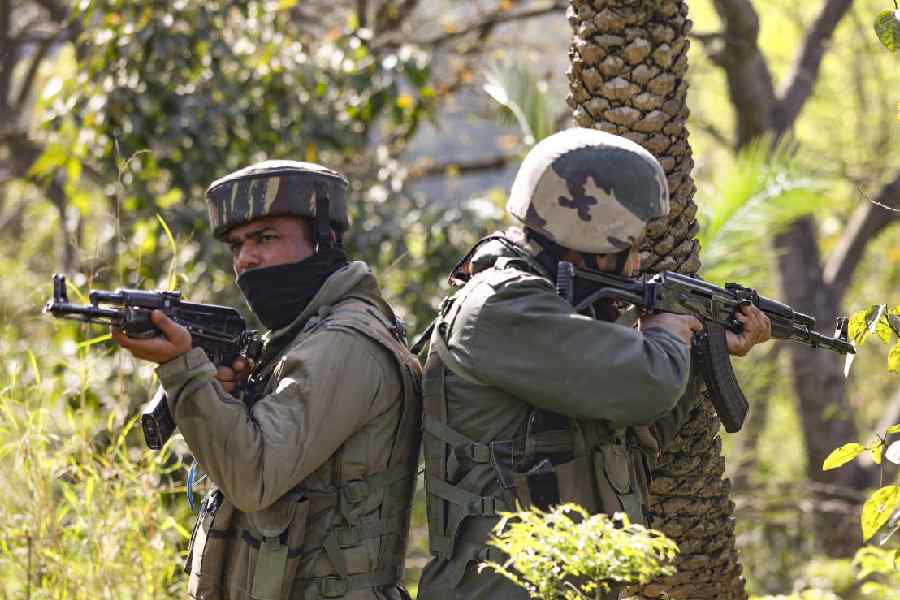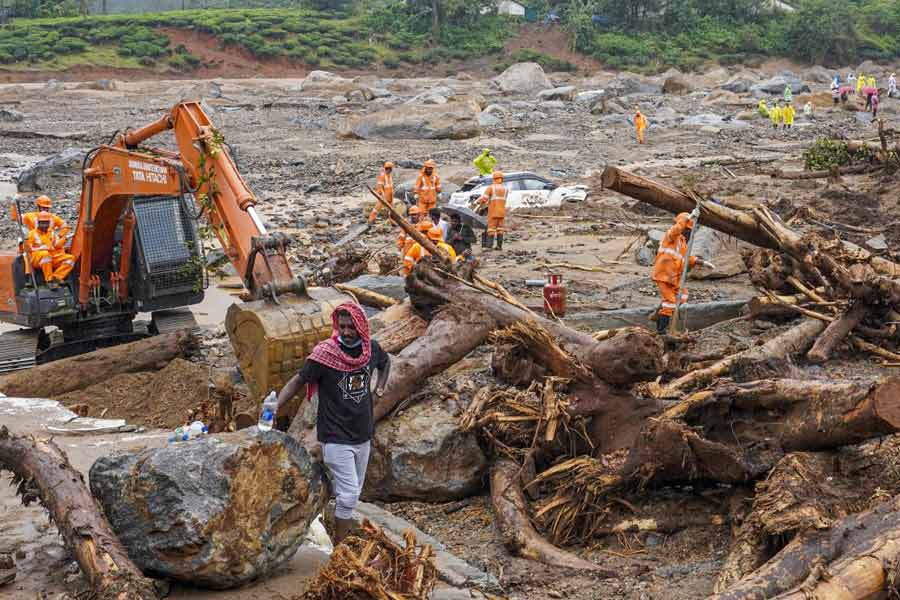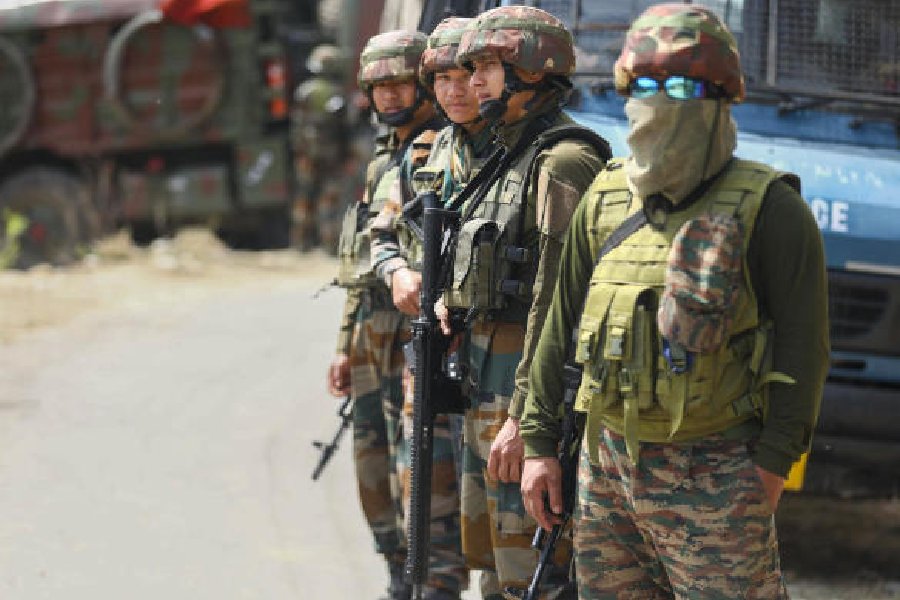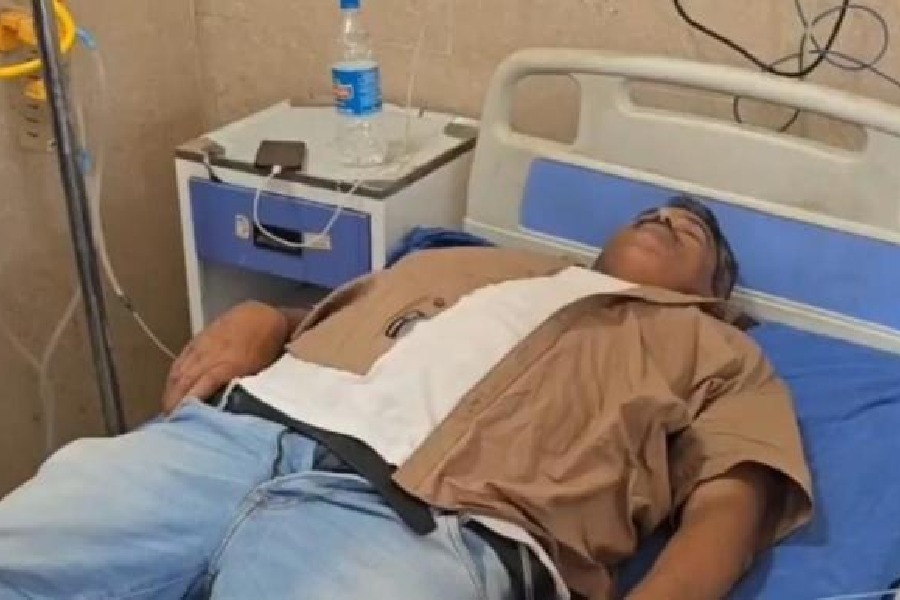 |
It has been a summer of content for Professor Yash Pal. The man who has given significant turns to India’s science education has stirred a hornet’s nest with his new report on higher education. But the octogenarian is unfazed.
We are in his house in a calm neighbourhood in Noida on the capital’s outskirts — the sedate atmosphere in contrast to the corridors of power where his report on educational reforms is being discussed rather acrimoniously. Yash Pal is unperturbed — he’d rather talk about his two grandsons — whom he summons for a glass of water — and his granddaughter, who eventually carries it for us. This, clearly, is a happy household.
Yash Pal has submitted his committee’s final recommendations on the Renovation and Rejuvenation of Universities. He has asked for creating an all-encompassing Higher Education Council that will oversee higher education, making redundant bodies such as the University Grants Commission (UGC), the All India Council for Technical Education and the Medical Council of India. Not surprisingly, the report has evoked howls of protest.
But Yash Pal would rather delve into his childhood than the report. The man who has often been seen as the face of science education in India is in a nostalgic mood. He picks up a pipe and then goes into a reverie of deep thought.
“You know, the first time I saw a library was in my college and I was overwhelmed with joy,” he says. The year was 1942, and Yash Pal was in the Government College in Lalpur in Punjab. Till then, the only books he’d seen were his textbooks.
Yash Pal, who used to live in Quetta and Lalpur, was born in Jhang in Punjab in 1926. As a young boy he had witnessed the massive Quetta earthquake of 1935 that left the entire town devastated. “My brother and I were stuck in the rubble for a few hours before our neighbours dragged us out.”
From rubble to the space centre, the journey has been eventful. He set up institutions such as the Space Applications Centre, Ahmedabad, the Nuclear Science Centre, Delhi, the Inter University Centre for Astronomy and Astrophysics, Pune, and the Information and Library Network, Ahmedabad. He headed the UGC for five years and had a two-year stint with the Planning Commission as a chief consultant. In 1976, he was awarded the Padma Bhushan for his contribution to science and space technology.
“When I was 16, I wrote a diary on what I wanted to be. The picture that emerged was working for science — but not just science,” he says.
His brush with science happened through a twist of fate, one that turned out to be a blessing in disguise. In 1942, while he was still in college, he had recurrent bouts of typhoid and pneumonia, which forced him to stay at home for a year. The long confinement opened up the world of books — including those on science — for him. “The first book I read was Jawaharlal Nehru’s autobiography and it had a deep impact on me. I later read Gandhi and Tolstoy. In four months, I read more than 40 books.” He pauses and adds, “I am glad I fell ill.”
Inspired by Nehru’s book, he soon became a part of India’s freedom struggle. “I stayed in a lockup for three nights for celebrating our Independence Day in 1944.” Yash Pal later met Nehru after his father got transferred to Lahore in 1945, and he joined Panjab University. “His speech left an indelible mark on me.”
He is an able raconteur and gives vivid details of his work at a relief camp set up in Delhi after the Partition. He recalls meeting Elizabeth Gauba, the German founder of the Shiv Niketan School in Delhi, where Rajiv and Sanjay Gandhi studied in their formative years. Some of his cherished friendships — including the fond association with theatre director Habib Tanvir — sprang up in the camp, he says.
But Yash Pal found his true calling when he joined the Tata Institute of Fundamental Research (TIFR) in Mumbai in the 1950s. At TIFR, he worked with scientists such as Homi Bhabha and Raja Ramanna. He recalls how Bhabha gave Ramanna two rooms as accommodation — one for the scientist and one for his piano. Those were happy days for Yash Pal. “I earned Rs 175 a month and I used to save Rs 20, which I spent on eating channa batura or going to Juhu beach.”
He went to the Massachusetts Institute of Technology in 1954 to do his PhD. Though he was offered jobs in the United States, he decided to return to India and TIFR. In 1972 he moved to Ahmedabad to set up the Space Application Centre and executed the Satellite Instructional Television Experiment (SITE) in 1975-1976, which gave a new dimension to educational communication in India.
Yash Pal intended to move back to TIFR after his Ahmedabad stint, but a chance meeting with then Prime Minister Indira Gandhi charted a different route for the scientist. “She wanted me to work in Delhi and her principal secretary suggested that I become chairman of the Union Public Service Commissiion (UPSC).” Yash Pal joked that he would probably abolish UPSC if he headed it — which prompted the High Command to create a new post for him. He wanted a post that would give him the right to look into the affairs of various departments without being questioned. He was appointed chief consultant at the Planning Commission in 1983.
But soon Indira Gandhi was to summon him again. This time she wanted him to head the Department of Science and Technology (DST). “I asked Mrs Gandhi how I could continue my work with other departments if I was stuck in one department.” He went to DST but with a note issued by Gandhi that gave him access to other departments.
History was to repeat itself some years later. When Rajiv Gandhi became the Prime Minister, Yash Pal was asked to join the UGC — and was furious because he thought he was being sidelined. “I told Rajiv’s secretary that if he didn’t like my work in the scientific sector then he could say so.” But Rajiv Gandhi had something else in mind. “I want you to do in education what you did for science,” he told Yash Pal.
Yash Pal laid down a condition. He pitched for setting up a higher education commission that would deal with the work of all regulatory bodies — a proposal that he revived after two decades in his report this year. “Rajiv called a meeting with the ministers of education and agriculture, the cabinet secretary and other officials. Only when the announcement of forming a regulatory council was made did I join the UGC.” His stint with the UGC was a glorious period when several inter-university centres were established. No new inter-university centre has been set up since his tenure ended in 1991.
As the afternoon proceeded into evening, we realise we have been chatting for over two hours. As I bid goodbye and walk towards the door, he says, “Both my sons opted not to have children so that they could concentrate on their careers.” As an afterthought, he adds, “Those two children are the kids of the couple who work for us and the third one is a neighbour’s child. They have given me the joy of being a grandfather.”
There is so much more left to ask. “We will meet again soon,” says Yash Pal amicably, reading my thoughts. “My stories will never get over. How will you fit in everything in your piece?”
Then, as a soliloquy on life, he says, “Kuch log kehte hai achchhe karm karne se moksh milta hai (People say you get liberated after death if your deeds are good). But, why?” he asks with an innocent smile.
“If I had another chance to live, I would love to repeat my life. I don’t want moksh. I love life, even with the baggage of problems that it comes with.”


